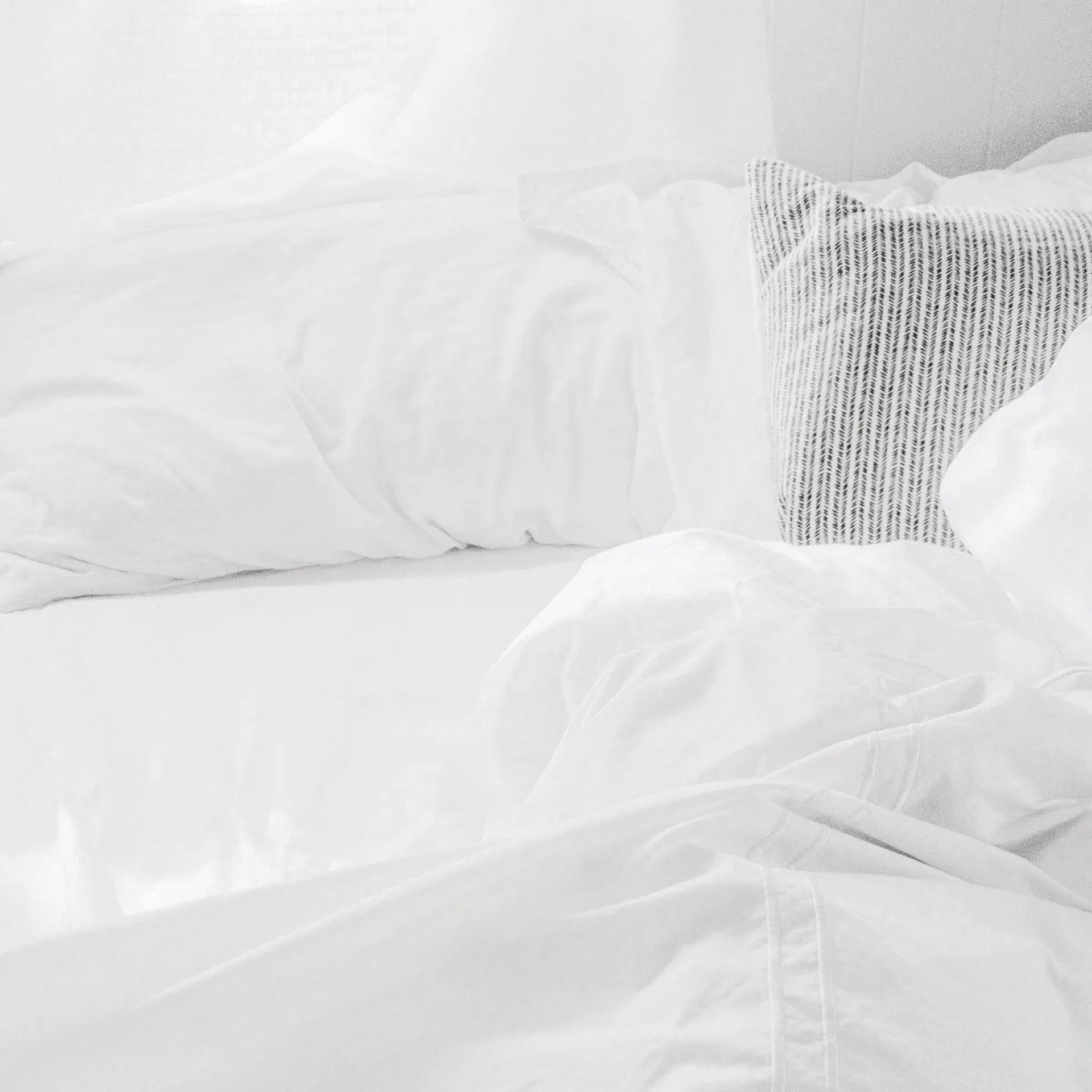Lasagna Gardening: A Way to Grow Your Own for the Rest of Us

Imagine a garden with beautiful, rich, crumbly soil you didn’t have to pay for or dig up. Imagine a bountiful, fertile plot that hardly ever needed weeding. Now imagine you could create this perfect garden for almost no money.
If that sounds too good to be true, you probably haven’t heard of Lasagna Gardening. Named for its technique of layering different materials in the garden bed, this method is the brainchild of Patricia Lanza, who was just too busy to garden. After years and years of letting her plants fail, she stumbled upon the idea of layering—and inspired a generation of busy gardeners worldwide. I’m building a lasagna garden this year. Here’s how you can do it too.
When to Start
You can start a lasagna garden at any time of year, though it’s easiest in the fall when you’ve got lots of leaves and other organic material to rake up.
If you’re starting in the spring or early summer, just make sure the top couple of layers are more like soil or finished compost. You may need to buy a little soil. Wet your garden thoroughly, or just let it sit out in the spring rains. When it gets warm out, cover your plot with black plastic or a dark tarp and let it “bake” in the sun.
When you’re ready, plant your seedlings directly in the top layer!
What You Need
- A shovel
- Enough newspaper or cardboard to cover your garden plot, plus any paper recycling
- Organic material: kitchen scraps, grass clippings, leaves, mulch, manure, peat moss…
How To Layer
Begin with a layer of cardboard or thick newspaper. Use at least several sheets of newspaper to make a mat. Wet the cardboard or paper and lay it across the entire area you plan to use for your garden. Don’t leave gaps between the sheets! This layer will strangle and kill all the weeds, while attracting beneficial earthworms.
Top the cardboard with a layer of “greens,” high-nitrogen or high-protein materials like kitchen scraps or fresh grass clippings. Use the shovel to spread the layer somewhat evenly.
Now add a layer of “browns,” paper, straw or other high-carbon or high-carbohydrate materials.
If you’ve ever built a compost pile, this will sound familiar! In fact, you are building a compost pile—but instead of letting it age and then shoveling it into your garden, you’re planting directly into it.
As a general rule, you want to have at least twice as much “brown” material as you have of “green.” But really, don’t worry too much. Toss whatever you’ve got into the garden bed, and it will help.
Other Tips
- You can set your lasagna garden up without raised beds or containers, but this technique works in containers, too.
- Lasagna gardens tend to retain water better than traditional plots. Watch your watering levels if you live in a humid area.
- The garden will settle throughout the season as the layers decompose. After you harvest, add more layers on top and let them sit through the winter.
Want more information? Read Patricia Lanza’s books:Lasagna Gardeningand Lasagna Gardening for Small Spaces.
image: Ryan
Follow Jessica Reeder on Facebook and Twitter

